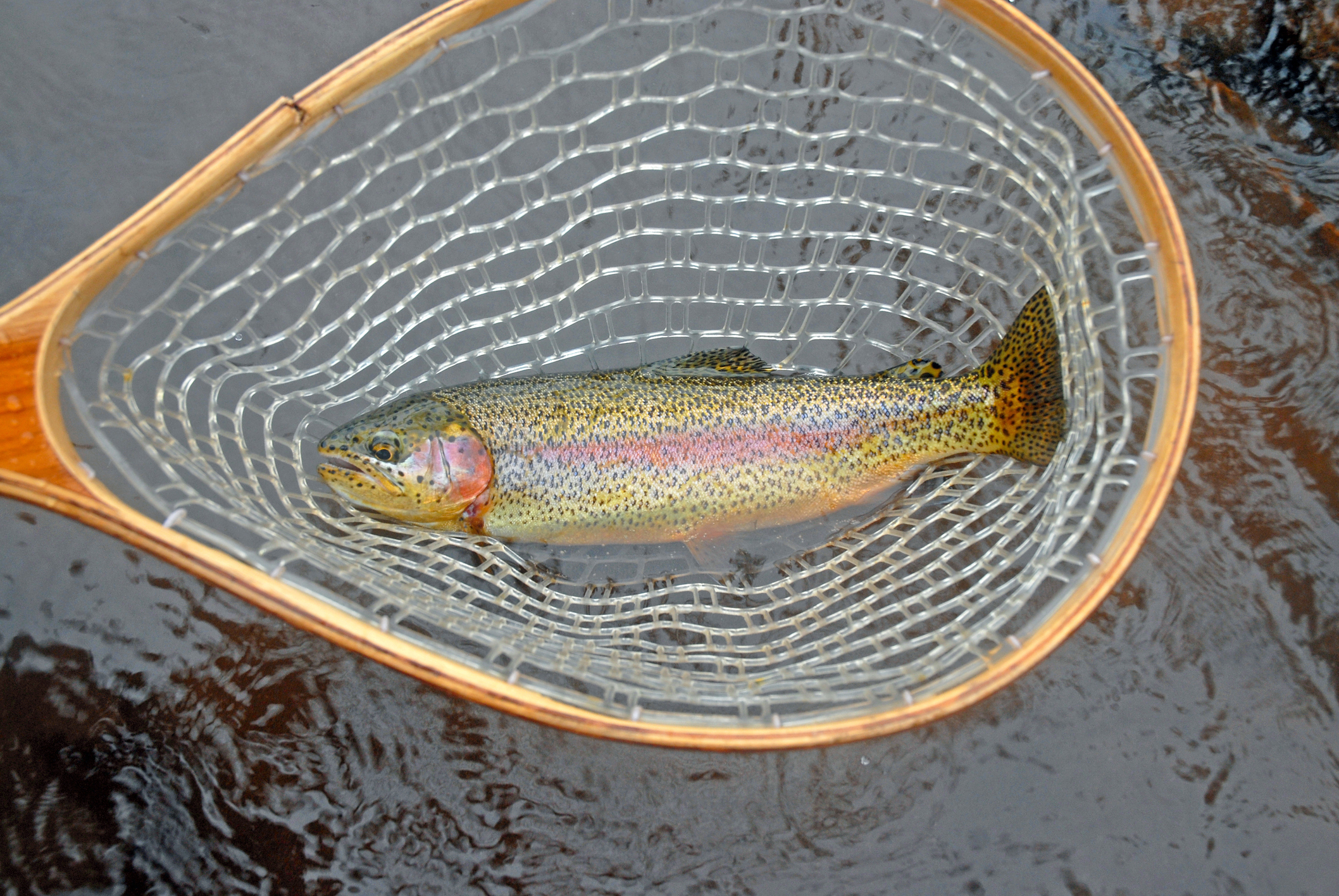


Although asset owners may have participated in Community Wildfire Protection Plan (CWPP) development in their community, ASWPPs are different, in that they layout a road map for the asset owner, and they actively plan for all three phases of wildfire preparedness (most CWPPs are limited to pre-fire planning). The process begins with internal stakeholders only—executive/admin, operations, engineering, etc. Following the internal stakeholder process, lead staff for the owner and the facilitation team will coordinate a review process with external stakeholders (federal/state/local agencies) as appropriate. Finally the ASWPP report/GIS mapping are completed and supplied to owner.
The ASWPP will identify specific and prioritized actions to be taken in order to reduce vulnerabilities throughout the wildfire life cycle and will contain the following sections:
- Values: First, we identify all the values at risk associated with your specific asset. For a reservoir, there is the water and dam, but there may also be admin/maintenance/employee housing buildings, hydro plants, and recreational facilities. A campus may have a variety of structures. Ski areas will have lifts, snowmaking, public facing retail buildings, and maintenance facilities, but it may also have water and wastewater facilities or lodging facilities. Each major asset is different, but each will have multiple values to consider.
- Risk Assessment and Mapping: Next, utilizing tools such as vegetation and flame length data, or flood zone and debris flow potential, we assess risks to the key value or values at risk, and map areas of greatest threat for impacts during and following fire.
- Situational Awareness (SA) and Forecasting: SA is a key to preparing for wildfire and its impacts, and the ASWPP is a tool for raising it within the owner’s organization. It details available data sources for tracking fire risk (weather, wind, etc) in order for staff to have readily accessible info; it describes jurisdictional influences and authorities for the agencies that play a role before, during or after a fire, and provides a contact basis between owner and authorities. It may provide some data to authorities ahead of time (such as getting values into the Wildfire Decision Support System that incident managers use during suppression activities), but at the minimum it will have that info in a GIS format to supply to incident managers during a fire.
- System Hardening: Identifying specific projects that harden values against ignitability and flood damages.
- Vegetation Management: Provides a plan for on-site vegetation management, and recommendations for surrounding vegetation management projects the owner may want to support in partnership with federal/state/local agencies.
- Operations Protocols: Describes inspections , shut-down or leave-on procedures, evacuation procedures, and other specific operational protocols. If some personnel are expected to remain onsite during a fire, the plan thinks through training and PPE needs for them to be safe.
- Outreach: The plan will also address community engagement and media relations as appropriate before, during, and after the fire.
If owners have multiple assets, the process can be developed as a framework that works across the asset portfolio.